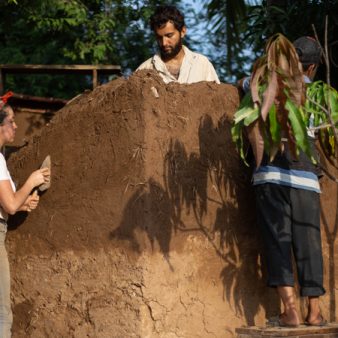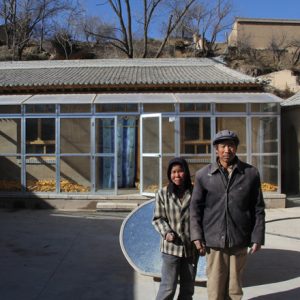 Yue Zengwu is 72 years old and lives in Macha Village, where he became the first owner of a prototype house.
Yue Zengwu is 72 years old and lives in Macha Village, where he became the first owner of a prototype house.
I was perhaps either the most miserable or poorest one in our village.
I’ve got a wife and two sons. My wife has mental health problems and she can only stay at home. One of my sons became half-blind at his young age. I am the only one who works and takes care of the family. Life has been difficult, and I’ve been fed up most of the time.
My own house was built by my father in 1963, and the condition was so poor that four of us had to crowd into my brother’s house. But it’s never a way out, living under someone else’s roof. It’s always been our dream to have our own home. But yes, it was just a dream that seemed hardly possible to come true.
In 2012, Prof. Mu Jun and his team visited our village and said that they would like to launch a so-called ‘modern rammed earth project’ here and build a demonstration house. It was my hope! I felt so thankful that I was chosen by the village to be the beneficiary family subject to my difficult conditions. Meanwhile, deep in my heart I was not quite sure why it was still an earth house. I was really worried that my son wouldn’t find a wife in future if we still lived in an earth house like our old one! But in any case, I still needed to give it a try and contribute whatever I could.
I found my worries unnecessary when Prof. Mu Jun and his team started to build my house with other village craftsmen. They took care of all the details. Our home was indeed built with tears and sweats of Prof. Mu Jun and many of his kind-hearted students like Wan Shuai, Lipeng and Dichao. They spent months living in our shelter, built with us, and were busy all day on the construction site. They even needed to walk for 10 km to come to my place whenever there was rain or snow as the dirt path was not good for any vehicles.
I have now lived in our new home for seven years. It’s comfortable. We stayed cool in summer and warm in winter. We could simply just warm the house with our bed stove and stay warm in chilling winter! It saved us so much money.
After my home was built, nearly all villagers came to visit. What’s more, students, government leaders, foreigners, and even China Central Television came to visit my home. My son was very reserved in the past as he just has one eye. He was not confident to look at anyone. Gradually when he met more and more visitors, he started to open up. Now he even loves to hang around and meet his friends in the village centre. He also learnt to ride a three-wheel motorcycle and help me in the field.
This is a total transformation for me and my family.
I really feel very thankful for all who helped to make my dream come true. We can have our best home ever.
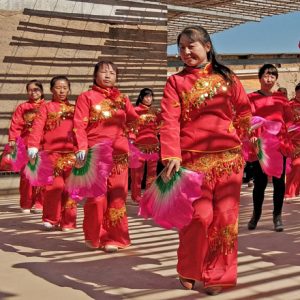 Dong Junlian is a housewife in Macha village, aged 48. Her husband is a barefoot doctor and takes care of patients in the village clinic. Their son lives in Xinjiang.
Dong Junlian is a housewife in Macha village, aged 48. Her husband is a barefoot doctor and takes care of patients in the village clinic. Their son lives in Xinjiang.
Like many other village women, I take care of all the farm work, household chores and elderly people at home, including my old aged mother-in-law who is over 80. Life has been busy, and I experienced back pain and muscle strain most of the time. I could normally take some rest during rain or low farming seasons. All I could do was chit-chatting with neighbours or watching television. Life has been simple, and in fact a bit dull.
Three years ago, Macha Village Centre was opened. Mr. Chang Zhuqing and Mr. Lu Weiwei from WZQCF organised a series of activities and celebrations with volunteers from universities. We were so curious and just came and joined in the fun with several of my sister’s friends. It’s the first time we saw young people coming from big cities, and even from Hong Kong and overseas. They even invited us to join a plaza dance!
Later on, more and more university students came to our centre for different activities and services. Dancing was a ‘must’ event at the end of their camp and they invited us every time. It was so much fun and we were gradually loving it.
Then several of my friends joined me to form our first ever ‘Women’s Dancing Team’. I was elected as their team leader. We gathered and danced every week, and now we have 40 members in the team. We even reach out to other villages and join dancing competitions! We started to open up ourselves to see the outside world.
But we are not just here for dancing. We are also responsible for the overall operation of the village centre. We set regulations and rules for our own community library, tidy up spaces, and organise activities for our village during Women’s Festival, Chinese New Year, Dragonboat festivals, etc. We volunteer to serve the left-behind elderly in the village, and organise birthday celebrations for them. We all share our own home-grown potatoes and sweet corns, make the dumplings we like, design our own activities and celebrate with the whole village.
Now women like us in the village also have a stake and the village head even engaged us in the decision-making of some community and home affairs.
Looking ahead, we very much look forward to learning more knowledge in the village centre, running our own community kitchen and cottage, serving our village home and improving our livelihood with our own hands.
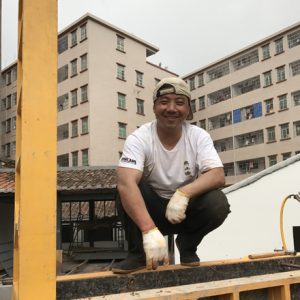 Xingyoung, aged 44, is a craftsman in Macha Village.
Xingyoung, aged 44, is a craftsman in Macha Village.
Without much knowledge and knowhow, I could hardly earn much, and I was paid in arrears most of the time. There was not much I could bring home in Chinese New Year, even after a year of hard work.
In 2012, I got a chance to learn advanced rammed-earth technology via Prof. Mu and his team. At the very beginning many villagers including me simply didn’t have much interest in it as no-one would build an earth house if they had money. It was seen as backward and simply just a shelter for the poor.
However, the construction of the first prototype house completely changed my mind. I still remember how hard it was when we demolished the wall we had built with defects. I never thought an earth wall could be so strong! It doesn’t cost a lot and is comfortable in all seasons – most importantly it’s quake resistant. They can be as beautiful as a fired-brick house.
It’s the first time that I feel so proud of our own earth building method, and our own ancient tradition.
As I have learnt new skills, I was engaged to build more advanced rammed-earth houses in the village and even join with other student volunteers for the construction of our village centre. I am very proud that I can also build such a modern and beautiful rammed-earth community centre for the village.
As the technology was adopted by the Ministry of Housing and Urban-rural Development of China, we have a chance to visit different parts of China and build new rammed-earth houses with local people. They all love to learn from me, and I am so happy with that. I later helped set up the first-ever rammed earth co-operative in Macha Village and more villagers could make use of this construction method and make a living. We have over 40 members and our salary has raised at least 50%. I am so glad that people really like our building, respect our work and we seldom got paid in arrears now.
In the past two years, we’ve even got the chance to participate in landmark construction in big cities like Beijing, Xian and Luoyang, etc. We could participate in building great landmark buildings, such as Erlitou Relic National Museum in Luoyang, and showcase our beautiful rammed-earth wall in International Horticultural Exhibition. I was told that the Museum would be the largest rammed-earth construction in the world.
Whenever I’ve completed a project, I am so happy that everyone is so proud of what I have done, and they all talk about how cool it is. I never imagined that our ancient tradition could make such a great impact.
I haven’t attended school and got much knowledge. However, whenever I meet a professor or a university student now, they always call me “Master Xing”. Isn’t it very amazing?
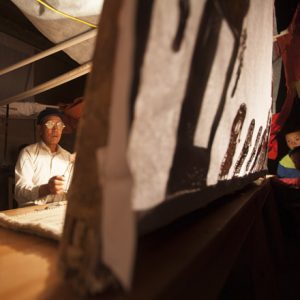 Wang Weiji is over 70 years old and the only Qinqiang artist in the Macha region. He has practised Qinqiang for over 50 years.
Wang Weiji is over 70 years old and the only Qinqiang artist in the Macha region. He has practised Qinqiang for over 50 years.
Qinqiang (the song of Qin) is an ancient Chinese opera of the northwest, with a long history of over 2000 years. I first started to learn about this when I was a teenager, and I simply love it. In my twenties, I started to learn shadow puppetry, and became a performance artist for over ten years. Right before my master’s retirement, he passed his very precious shadow puppet theatre box to me, and hoped that I could pass on this ancient performing art.
Bearing my master’s will in mind, I started to develop my own theatrical troupe in the 1970s. At that time we always performed whenever there were temple fairs or festival events. We could just earn a small sum like tens of RMB for each performance, but at least we could still keep this ancient art alive.
However, over the past 20 years, many people in the village left and the young seemed to have less interest in watching shadow puppets. We have seldom joined temple fairs for some years already. To make a living, some of the members resorted to finding a job out of the village. As there were no more young people willing to learn, I had no choice but to disband our theatrical troupe. Coupled with problems on my feet, I could only do some farm work in the village. I could just store the theatre box in my home, and I didn’t know whom I could pass this on to. Qinqiang and shadow puppetry were dying in the village.
Three years ago, our Village Centre was finally built. One day, Zhuqing and Weiwei from WZQCF learnt about me from other villagers, and they came to listen to my stories. They were very happy and invited us to have a premiere performance in the centre opening ceremony and celebration event! With total excitement, I dug out my theatre box which was unopened for over 10 years. I quickly called and got together several of my long-lost theatre troupe friends and prepared for our show.
We were all happy to have the chance to perform together and I could never forget the moment with our centre flooded with audiences from different villages, students and guests.
They all came to watch our performance, take pictures and have fun until late night.
Since then, we formally established our ‘Elderly Qinqiang Self-amusement Group’ and several of our friends come several times a week to practise Qinqiang and chit-chat with each other. We even have our own room to store our instruments and props. Some kind-hearted people even donated musical instruments for us, and student volunteers also helped us to make a new theatre platform. Whenever there are student volunteers, we are invited to perform and share our stories. We are so grateful to see that even foreigners love to watch our shows! Now, our Group is comprised of over 50 members and we come together to perform whenever there are events in the village and nearby.
Qinqiang and shadow puppetry is now alive in Macha Village!
 Ma Jijun, 35, grew up in Macha Village.
Ma Jijun, 35, grew up in Macha Village.
Like many young people living in poor villages, I tried every effort to study and work in the city and be a city dweller. But city life is not as wonderful as expected. Many of us cannot find a steady job and earn a decent income, not to mention own a house.
As for our village, it is remote, poor and with few opportunities. Villagers need to walk a long way to the market and buy their necessities in nearby towns. They can’t sell their produce for a good price either. For this reason, many young people still want to move to the city, leaving children and the elderly behind.
Three years ago, I learnt that WZQCF built a village community centre. I proposed to our village head and WZQCF my idea to set up a Village Taobao store in the centre and they all pledged their support and provided the venue to me for free. I also joined a training programme from Alibaba, laid the first broadband cable to the Village and set up the first ever Village Taobao Store with all the money I had in the bank.
Since then, young people studying or working in the city could receive gifts from their parents in the village. Villagers could also access different needs from the web and purchase through our shop. Villagers love to use our wifi service, learn how to buy things online, and use their smart phone. Our village produces good buckwheat and flax seed oil, and now they are going to be available online. It has helped villagers to access the world.
My wife, two kids and I live in the village centre, taking care of its operation, and we also do some farm work and stay with our elderly grandparents. Whenever student volunteers come, they visit our shop and I love to share my stories with them. I have also opened up a public account for Macha Village in WeChat, and write posts to update activities and news happening here in Macha and the Centre. Many villagers from nearby villages and townships also come to join our activities.
Our centre is now a hub to connect people and hearts – not only for villagers in Macha, but also friends and relatives from nearby villages, towns and cities, as well as students from Hong Kong and beyond.
Frankly, my salary here in Macha is not yet comparable with what I can earn in the city. However, what I gain is far beyond the money I can earn. I can live in my home, stay with my family and find the way of living I love.
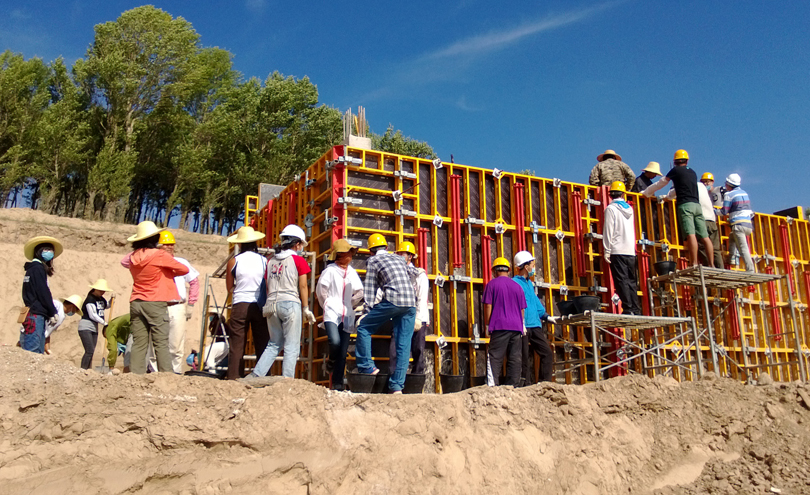
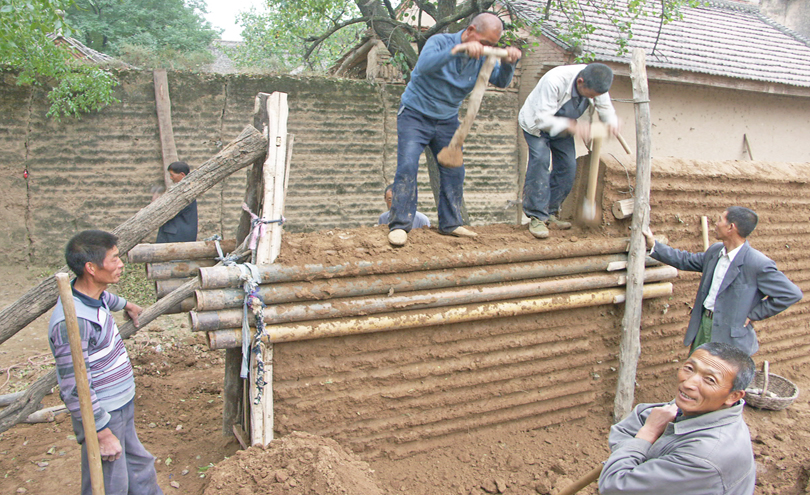
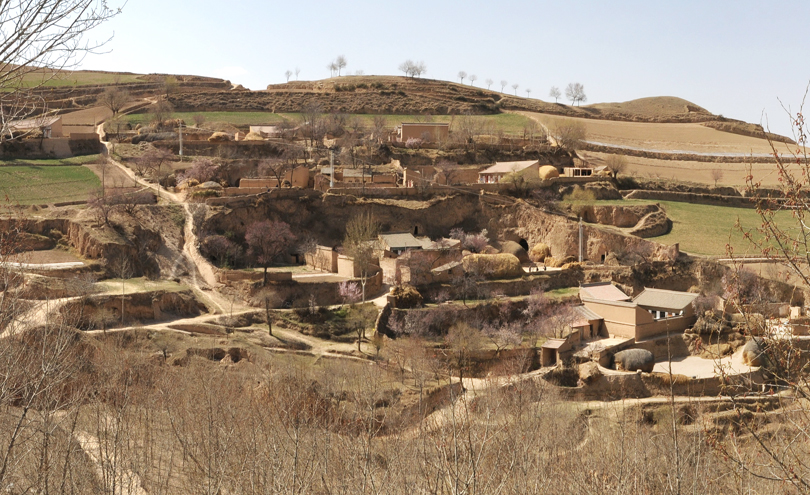
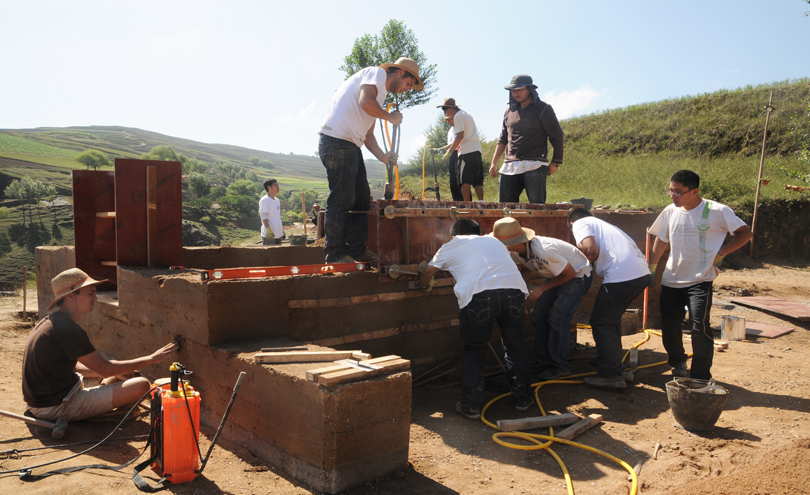
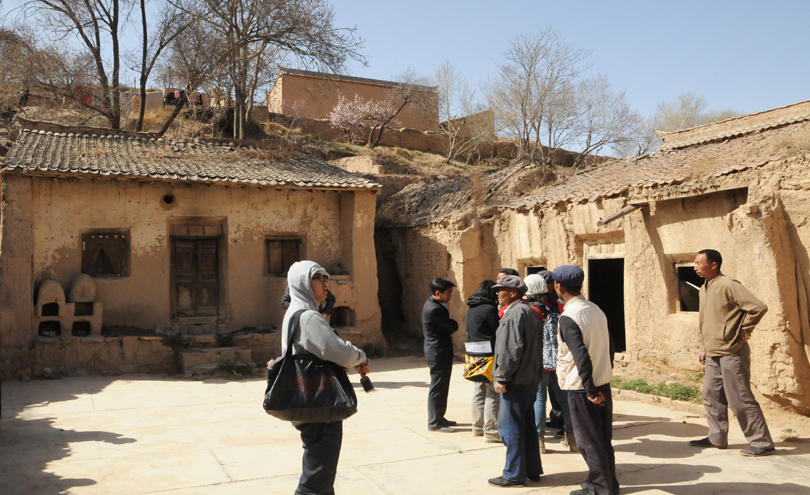
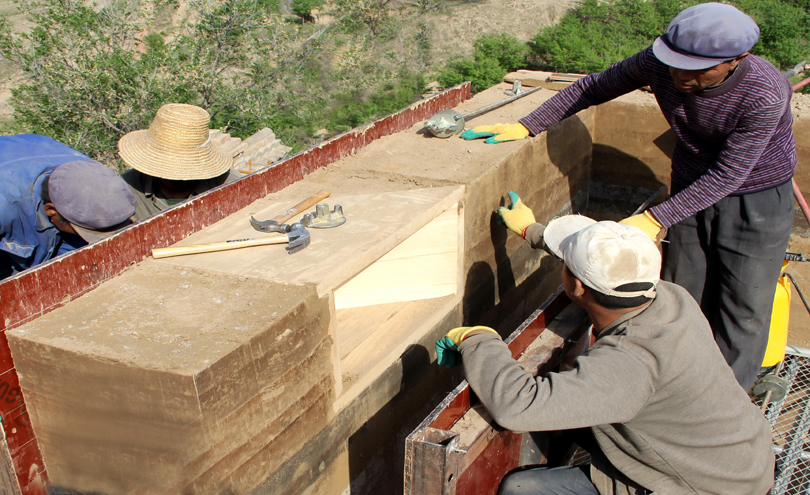
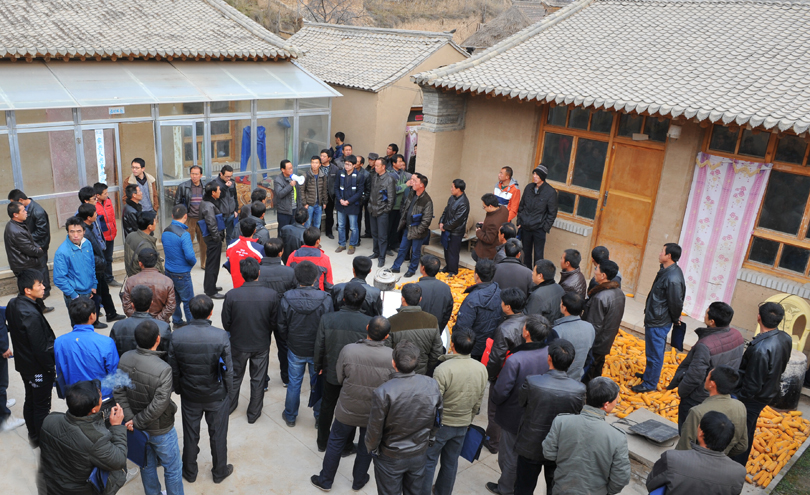

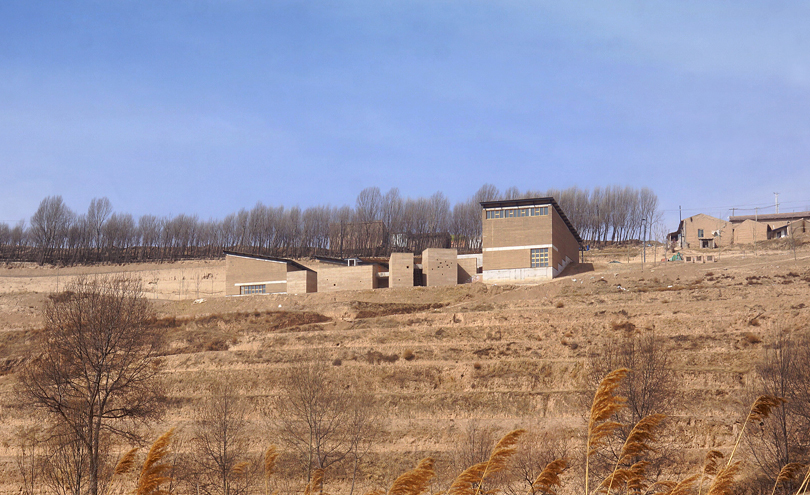
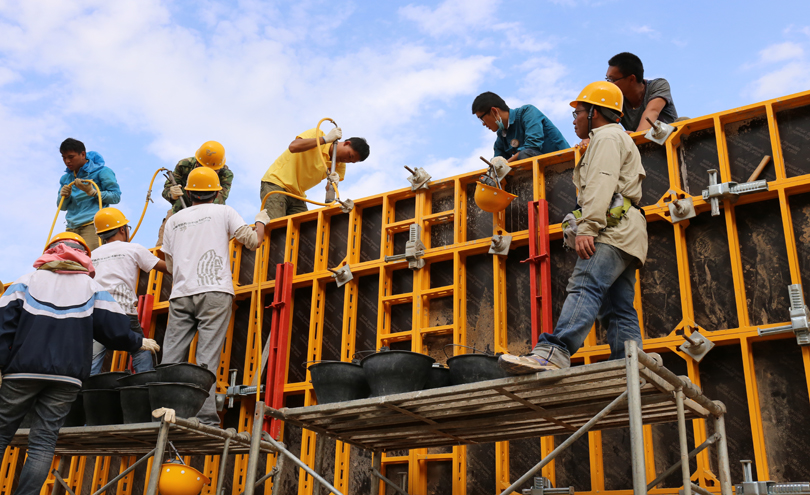
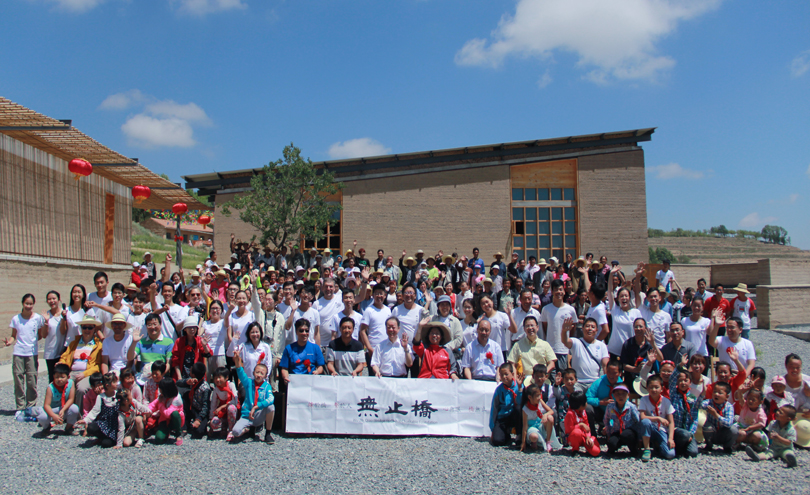
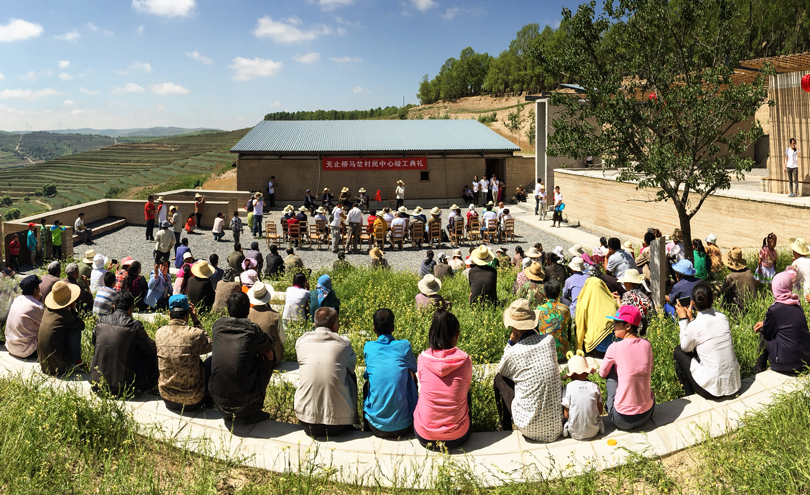
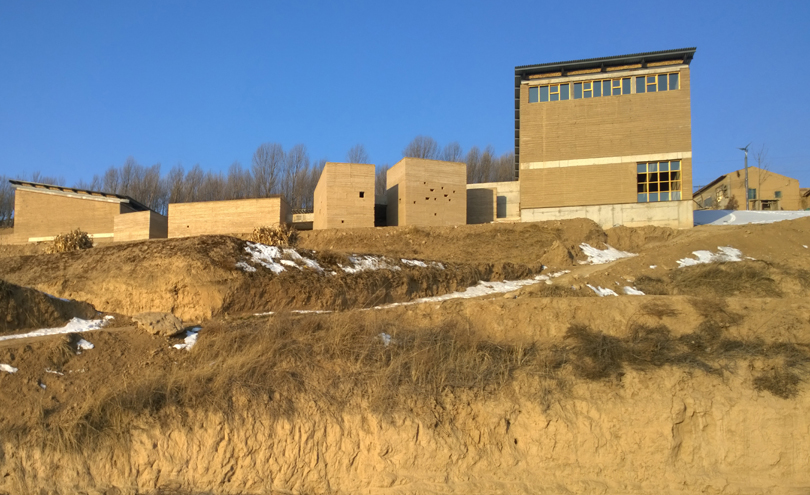
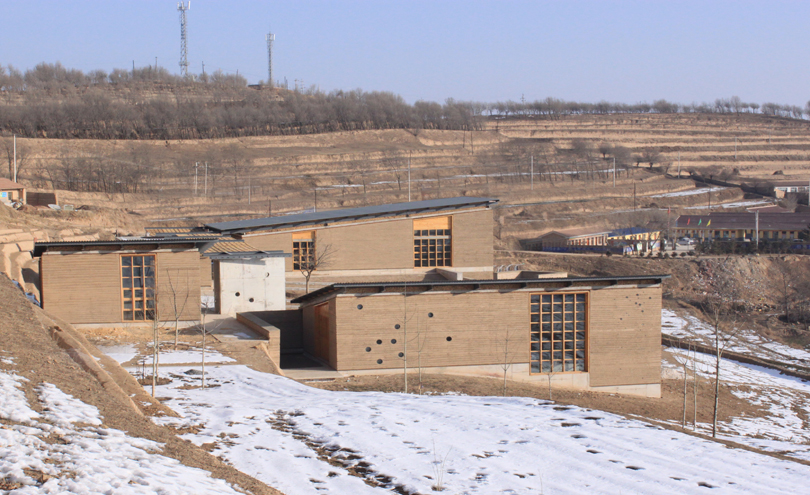
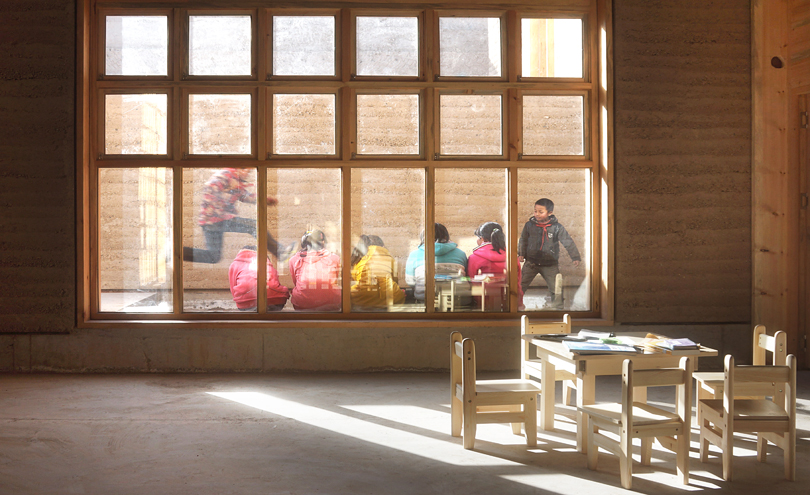
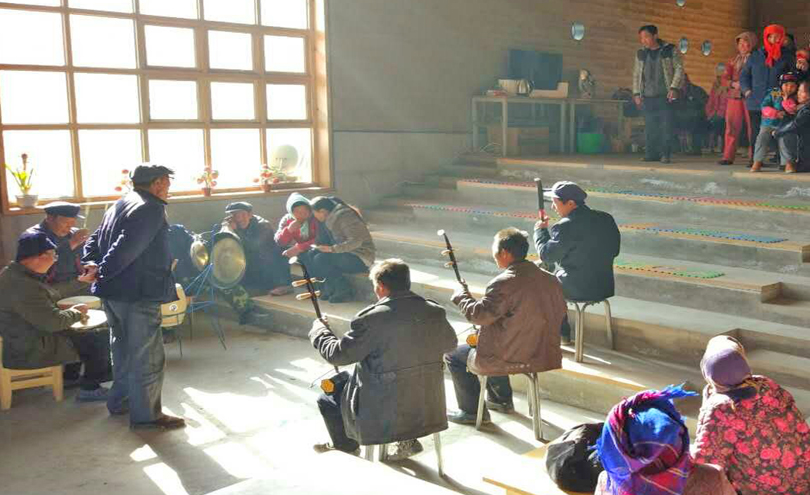

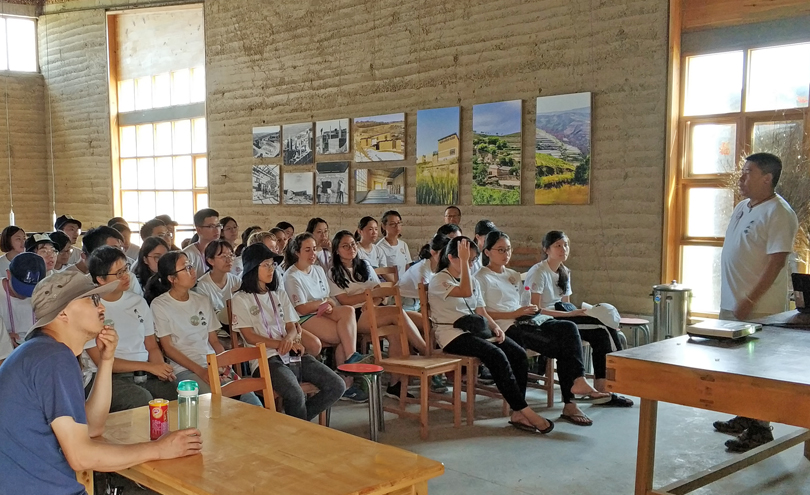
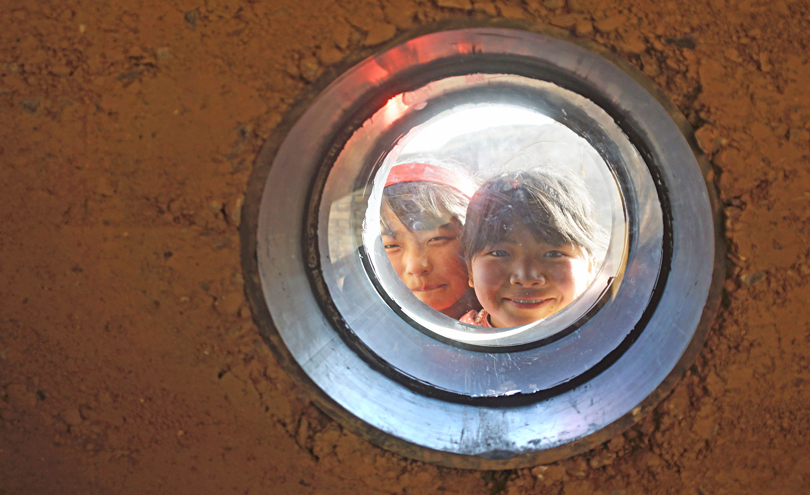

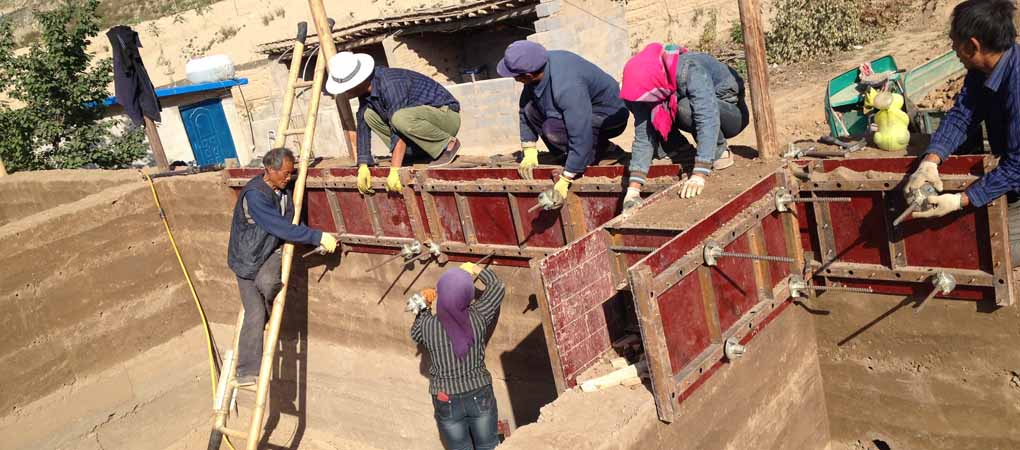
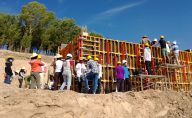
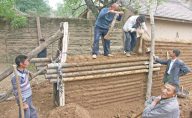
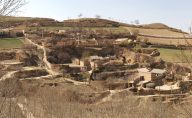
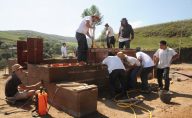
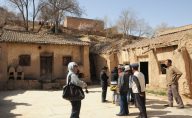
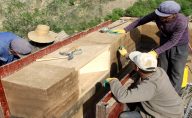
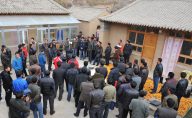
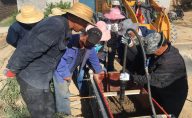

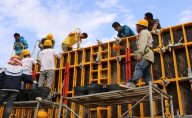
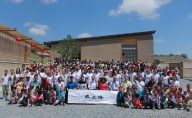
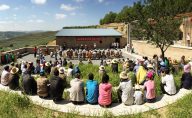
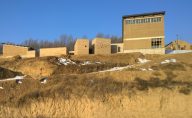
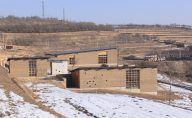
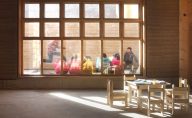
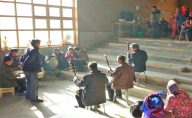
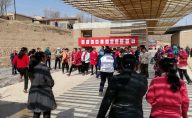
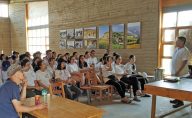
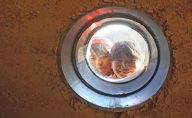
 Yue Zengwu is 72 years old and lives in Macha Village, where he became the first owner of a prototype house.
Yue Zengwu is 72 years old and lives in Macha Village, where he became the first owner of a prototype house.  Dong Junlian is a housewife in Macha village, aged 48. Her husband is a barefoot doctor and takes care of patients in the village clinic. Their son lives in Xinjiang.
Dong Junlian is a housewife in Macha village, aged 48. Her husband is a barefoot doctor and takes care of patients in the village clinic. Their son lives in Xinjiang. Xingyoung, aged 44, is a craftsman in Macha Village.
Xingyoung, aged 44, is a craftsman in Macha Village. Wang Weiji is over 70 years old and the only Qinqiang artist in the Macha region. He has practised Qinqiang for over 50 years.
Wang Weiji is over 70 years old and the only Qinqiang artist in the Macha region. He has practised Qinqiang for over 50 years.  Ma Jijun, 35, grew up in Macha Village.
Ma Jijun, 35, grew up in Macha Village.
